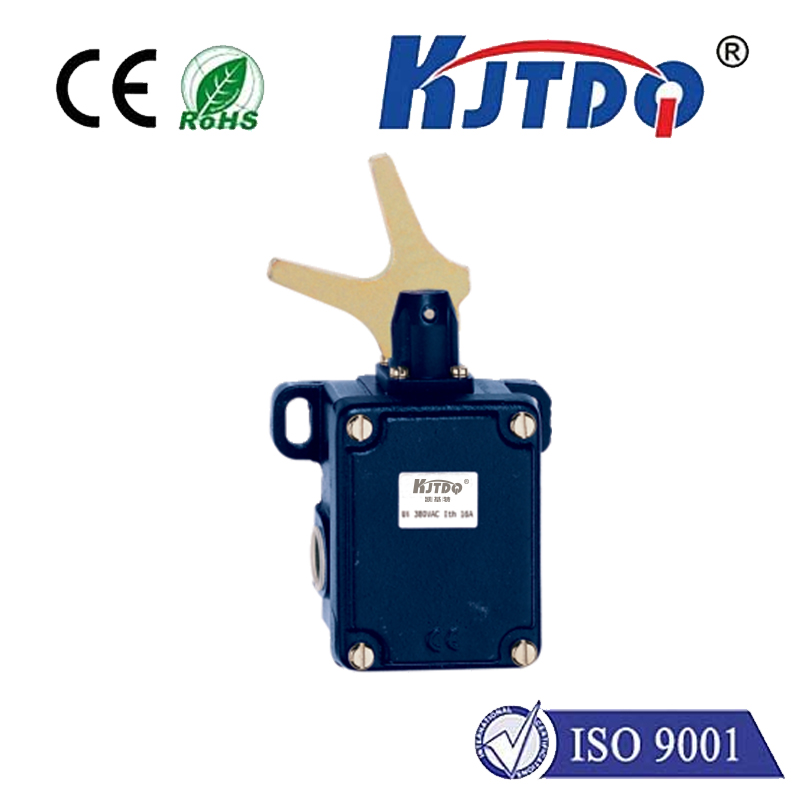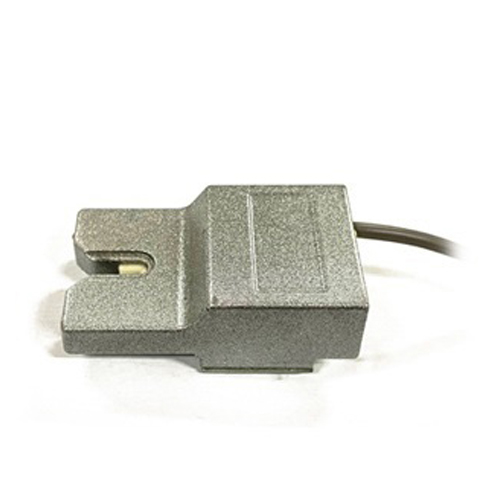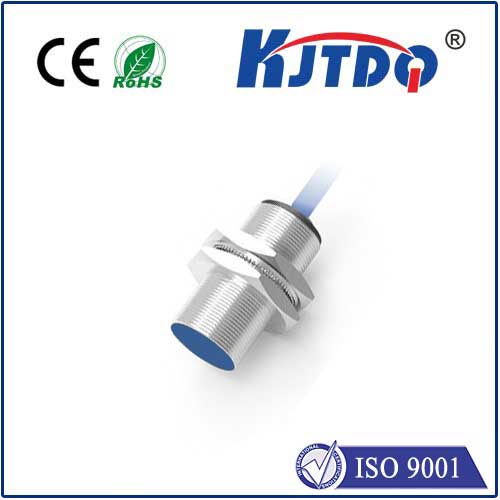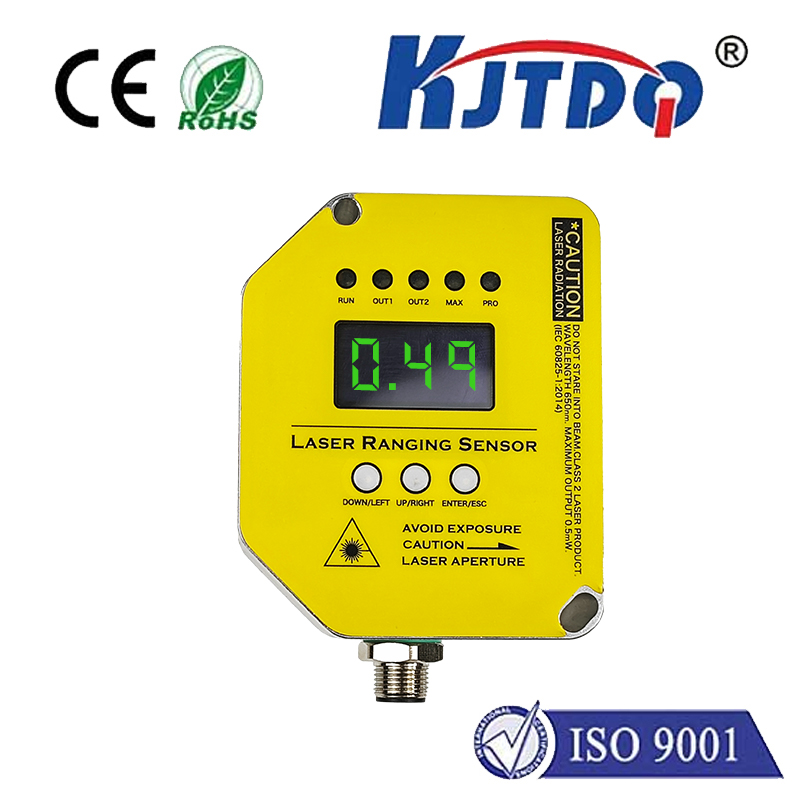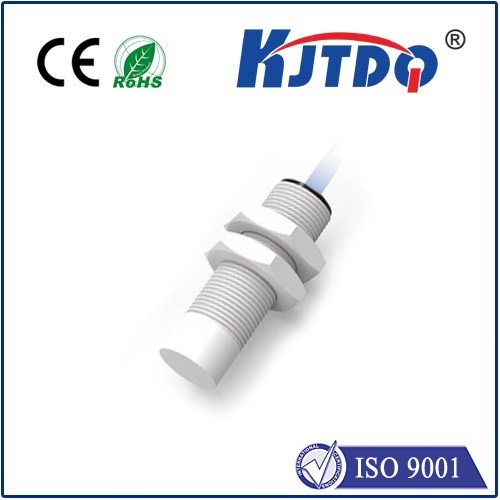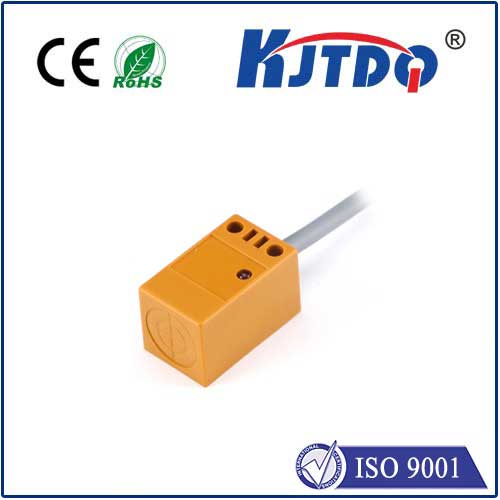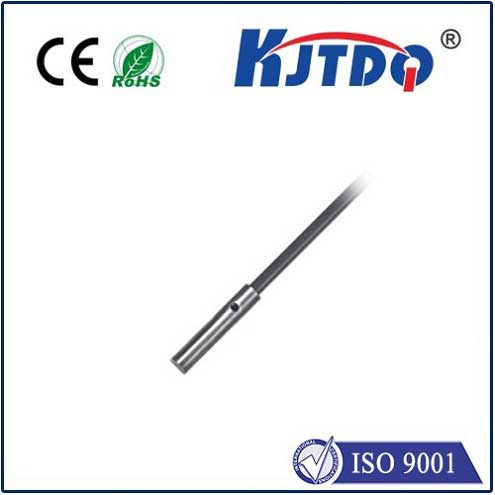высокотемпературный конденсаторный датчик приближения
- time:2025-06-15 01:42:27
- Нажмите:0
Conquering Extreme Heat: The Essential Guide to High-Temperature Capacitive Proximity Sensors
Imagine an industrial furnace glowing white-hot, molten metal flowing in a foundry, or an engine component reaching blistering temperatures during testing. In these harsh environments, reliably detecting the presence or position of objects isn’t just convenient—it’s critical for safety, efficiency, and process control. Yet, standard sensors fail catastrophically under such thermal duress. This is where the high temperature capacitive proximity sensor emerges as an indispensable technological warrior. Engineered to thrive where others melt, freeze, or malfunction, these specialized devices unlock monitoring capabilities in the most demanding thermal conditions on earth.
Understanding the Core Technology: Capacitive Sensing
At its heart, a capacitive proximity sensor operates by creating an electrostatic field between its sensing face (electrode) and a target object. When a target enters this field, it disturbs the capacitance – the sensor’s ability to store an electrical charge. This disturbance is detected and converted into a switching signal. Unlike inductive sensors that only detect metals, capacitive sensors excel at detecting a wide range of materials, including liquids, powders, plastics, glass, and wood, making them incredibly versatile.
The Crucial Challenge: Why Standard Sensors Fail in Heat
Conventional proximity sensors, whether capacitive or inductive, are typically rated for operation up to 70°C or 85°C (158°F to 185°F). Beyond this, several critical issues arise:

- Material Degradation: Standard plastics used in housings and seals soften, deform, or melt. Internal adhesives and potting compounds can break down.
- Electronic Failure: Semiconductors and other sensitive electronic components have strict temperature limits. Prolonged exposure to high temperatures drastically shortens their lifespan or causes immediate malfunction.
- Thermal Drift: Sensor characteristics (like sensitivity and switching points) can shift significantly as ambient temperature changes, leading to unreliable operation even if the sensor physically survives.
- Seal Failure: Rubber seals lose elasticity at high temperatures, compromising the sensor’s crucial ingress protection (IP rating), allowing moisture or contaminants to enter and cause failure.
Engineering Resilience: How High-Temperature Capacitive Sensors Survive
Manufacturers overcome these formidable challenges through specialized design and materials:
- Thermally Robust Housings: Instead of standard plastics, sensors for extreme heat utilize high-temperature thermoplastics (like PEEK or PPS) or, more commonly, rugged stainless steel. Metal housings offer superior mechanical strength and thermal resistance. Critical junctions are often laser welded to ensure hermetic seals.
- High-Temperature Electronics: Specialized electronic components, often mounted on ceramic substrates instead of standard fiberglass PCBs, are selected or designed to withstand elevated temperatures. Sophisticated thermal drift compensation circuits are crucial to maintain consistent sensing performance across the operating temperature range.
- Advanced Sealing: High-temperature elastomers (like fluorosilicones or FFKM - perfluoroelastomer) are used for seals and O-rings, maintaining flexibility and sealing integrity even when exposed to intense heat continuously. Dry air purging ports are sometimes integrated to prevent internal condensation during rapid cooling cycles.
- Effective Thermal Management: Design elements may include thermal barriers, heat sinks integrated into the housing, or optimized geometries to dissipate heat away from critical internal components.
Key Performance Parameters for High-Temperature Operation
When selecting a высокотемпературный конденсаторный датчик приближения, several specifications are paramount:
- Operating Temperature Range: This is the core specification. Look for sensors rated for sustained operation at temperatures significantly exceeding standard sensors – often ranging from +150°C (+302°F) up to +250°C (+482°F), with some specialized variants reaching even higher extremes. Verify both the continuous operating temperature and any peak temperature limits.
- Thermal Stability/Drift Compensation: Specifications should indicate how much the sensor’s sensitivity or switching point changes over its temperature range. Minimal drift is essential for reliable detection.
- Ingress Protection (IP Rating): Crucial for harsh environments. Look for high IP ratings (like IP67, IP68, IP69K), especially when steam, water jets, or dust are present alongside the heat.
- Sensing Distance: High-temperature sensors often have slightly shorter sensing ranges than their standard counterparts due to material constraints and the need for robust construction. Ensure the specified range meets your application needs.
- Materials Compatibility: Confirm the sensor housing, seal materials, and electronics are compatible with any chemicals or vapors present in the operating environment.
Where Extreme Heat Demands Detection: Vital Applications
The unique capabilities of high-temperature capacitive proximity sensors make them vital across numerous demanding industries:
- Metal Processing & Foundries: Monitoring molten metal levels in furnaces or crucibles, detecting molds or ladles on hot transfer lines, position sensing near continuous casting machines. Furnace door open/close detection is critical for safety.
- Glass Manufacturing: Position sensing of bottles, jars, or glass sheets exiting high-temperature annealing lehrs or forming machines. Monitoring molds and conveyors operating within hot zones.
- Plastics & Rubber Processing: Detecting extruded profiles or parisons exiting hot dies in extrusion or blow molding machines. Sensing molds on hot runners in injection molding.
- Automotive & Aerospace Testing: Monitoring engine components, exhaust systems, or brake assemblies during rigorous environmental or durability testing (e.g., thermal shock chambers).
- Power Generation: Monitoring systems near boilers, turbines, or in hot gas paths. Level detection in hot water/steam systems.
- Chemical Processing: Position detection of vessels, valves, or agitators in processes involving heated reactors or dryers. Level sensing of corrosive hot liquids or granular solids through tank walls.
- Food & Beverage Processing: Position sensing in retorts (high-pressure sterilizers), ovens, dryers, and pasteurization units where steam and high temperatures are present.
Benefits Beyond Survival: The Strategic Advantage
Investing in a properly specified высокотемпературный конденсаторный датчик delivers substantial operational benefits:
- Dramatically Reduced Downtime: Eliminate frequent sensor replacements caused by heat-induced failures.
- Enhanced Process Reliability & Safety: Ensure critical detection functions operate consistently in extreme conditions, preventing accidents and production errors.
- **Lower Total Cost of Ownership (TCO): Despite a higher initial cost, the longevity and reliability lead to significant savings on maintenance, replacements, and unplanned stops.
- Многогранность: The ability to detect non-metals through walls expands application possibilities compared to inductive sensors. Liquid level detection through non-metallic tanks is a key strength.
- Improved Quality Control: Consistent performance ensures reliable monitoring for process optimization and quality assurance.
Selecting the Right Sensor for Your Hot Zone
Success hinges on meticulous application analysis. Partner closely with reputable sensor manufacturers. Clearly define the maximum ambient temperature, temperature cycling patterns, target material, required sensing distance, environmental factors (dust, chemicals, steam, washdowns), and any space constraints. This detailed information allows experts to recommend the optimal высокотемпературный конденсаторный датчик приближения variant with the precise electrical characteristics, housing, sealing, and temperature rating needed to ensure robust, long-lasting performance where heat reigns supreme.

